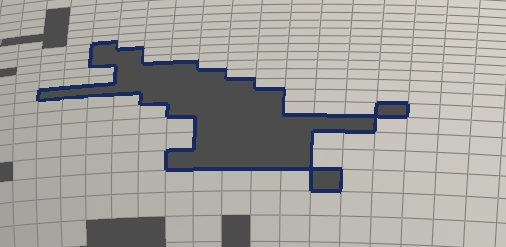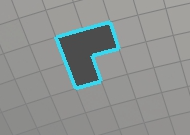I can reproduce what the vedo code from @marcomusy has proposed with the VTK API.
But the split function from the vedo code gives anyway an uncorrect number of regions.
I have prepared 3 vtk files to play with.
https://thredds-su.ipsl.fr/thredds/fileServer/ipsl_thredds/brocksce/tmp/poly_11.vtk

https://thredds-su.ipsl.fr/thredds/fileServer/ipsl_thredds/brocksce/tmp/poly_07.vtk

https://thredds-su.ipsl.fr/thredds/fileServer/ipsl_thredds/brocksce/tmp/poly_03.vtk

In the poly_11.vtk, I expect to find 2 regions.
In the poly_07.vtk, 3 regions.
In the poly_03.vtk, 1 region.
from vedo import *
m = Mesh("poly_07.vtk").clean().triangulate()
ms = m.split(must_share_edge=True) # return a list of meshes
print(len(ms))
Gives 1 instead of 3.